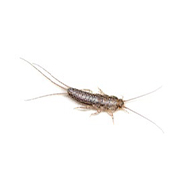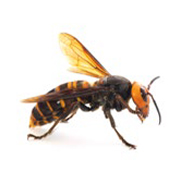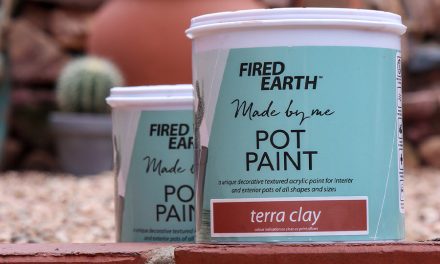While we can’t control everything we’d like in the world, the one place you have the right to have a say – your home.
We’ve listed common pests found in and around your home, how to identify them and what symptoms you need to look out for.

ANTS
These small, dark-brown insects are usually found around foodstuffs and water, and tend to hide in warm, dark places. You are likely to spot them in an ant trail scouting salvageable sugary bits and crumbs in kitchen cupboards and along countertops and window panes.

BEDBUGS
These oval insect pests have flat bodies and feed on blood. They live in bedding and can survive for up to a year with no blood. You can usually detect bedbug activity by:
- Bloodstains – on your sheets or pillowcases.
- Dark or rusty spots – this is bedbug excrement on sheets and mattresses
- Bedbug faces, eggshells, or shedded skins in hiding areas.
- A musty odour – from the bugs’ scent glands.

CRICKETS
These insects range in colouring from dark brown to black and have a 12-18 mm long cylindrical body, with rounded wings almost covering their bodies. They are commonly found in fields or gardens, where they feed on a variety of plants. Indoors, they can feed on fabric (cotton, linen, silk, and wool),

COCKROACHES
Cockroaches come in German, American and Oriental species, ranging from light to dark brown, and varying in length between 5-50 mm. They lay their eggs in capsules that hatch in two weeks and mature into adults in within 6-8 weeks. They are typically found around foodstuffs and rubbish and are known for hiding in warm, dark places.

FLEAS

FLIES
This pest, specifically a housefly, has a soft tongue hanging from its head, reddish eyes, and thin black stripes on its back, and breeds in dung and refuse. Flies are found in and around homes, food processing establishments and waste sites.

FISHMOTHS
These silver-grey insects are up to 1.5 cm long and live anywhere from 2-8 years. They feed on glue found in the binders of books, starch, meal, cotton, rayon, and silk. You will often find them between stacks of paper in drawers, cupboards or areas storing cardboard.

HIDE & SKIN BEETLE LARVAE
These beetles are about 4-5 mm in length, with coarse hairs on their bodies. They are generally brown to tan in colour, with white and tan stripes on a carrot/oval-shaped body. They feed on carrion and dry animal products – as well as anything from clothing, carpets, upholstered furniture, dead insects, hides, feathers, milled products, pet food crumbs, lint, and felt.

HORNETS
These pests have a distinctive black and yellow colouring, with a narrow waist between their thorax and abdomen. They are quite similar to German wasp but lack the three distinctive dots at the front of the head. Known as being social insects, hornets form colonies inside nests that can be up to about 30 cm across, commonly found in roof spaces or within cavities in walls or trees. They forage on a wide range of foods including flying insects, nectar and other sweet foodstuffs.

LICE - POULTRY
These pests are minute mites (less than 1 mm long) with 8 legs, oval with sparse short hairs and are very mobile. They are semi-transparent in colour until the blood thev have consumed has been digested, when they then appear reddish.

MOSQUITOES
You’ll likely hear these pests or sense a skin irritation before you see them. Mosquitoes are long, thin winged insects that make a distinctive buzzing sound. They feed on blood, leaving itchy welts, and are carriers of malaria and yellow fever.

RATS AND MICE
Though similar in colouring, rats are usually much larger than mice in size. Rats can grow up to 40 cm long, with blunt, rounded snouts and hairless, even scaly-looking tails. Mice have more of a triangular snout with thin hairy tails. They can both chew through electrical wiring, causing electrical faults and ultimately leading to fire hazards. Their burrowing and nesting tendencies destroy building materials like insulation and wood.

SPIDERS
These pests are not insects, but arachnids with eight legs (four pairs), and no wings or antennae. They vary in size, shape and colour. Spiders are found indoors and outdoors, mostly in corners, cracks and crevasses.

TICKS
These pests are parasitic arachnids that are small and red-brown in colour, and lacking in any ornamentation. Adult ticks are about 3-5 mm in length depending on age, sex, species, and “fullness’, and are usually recognisable by their red- brown, elongated body. Ticks are external parasites, living by feeding on the blood of mammals, birds, and sometimes reptiles and amphibians. They are found on lawns, plants (especially in densely wooded areas) and pets. Extra precaution must be taken with these pests as they transmit a variety of diseases.
Credits
Referenced from Efekto, Annual Home: Pest Control Handbook











